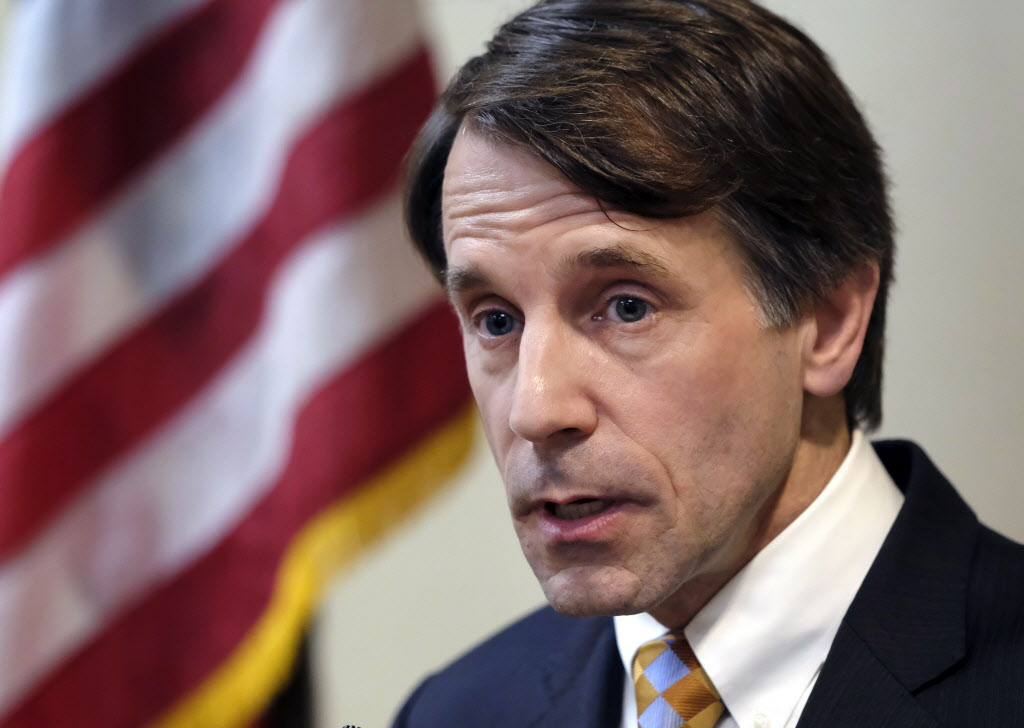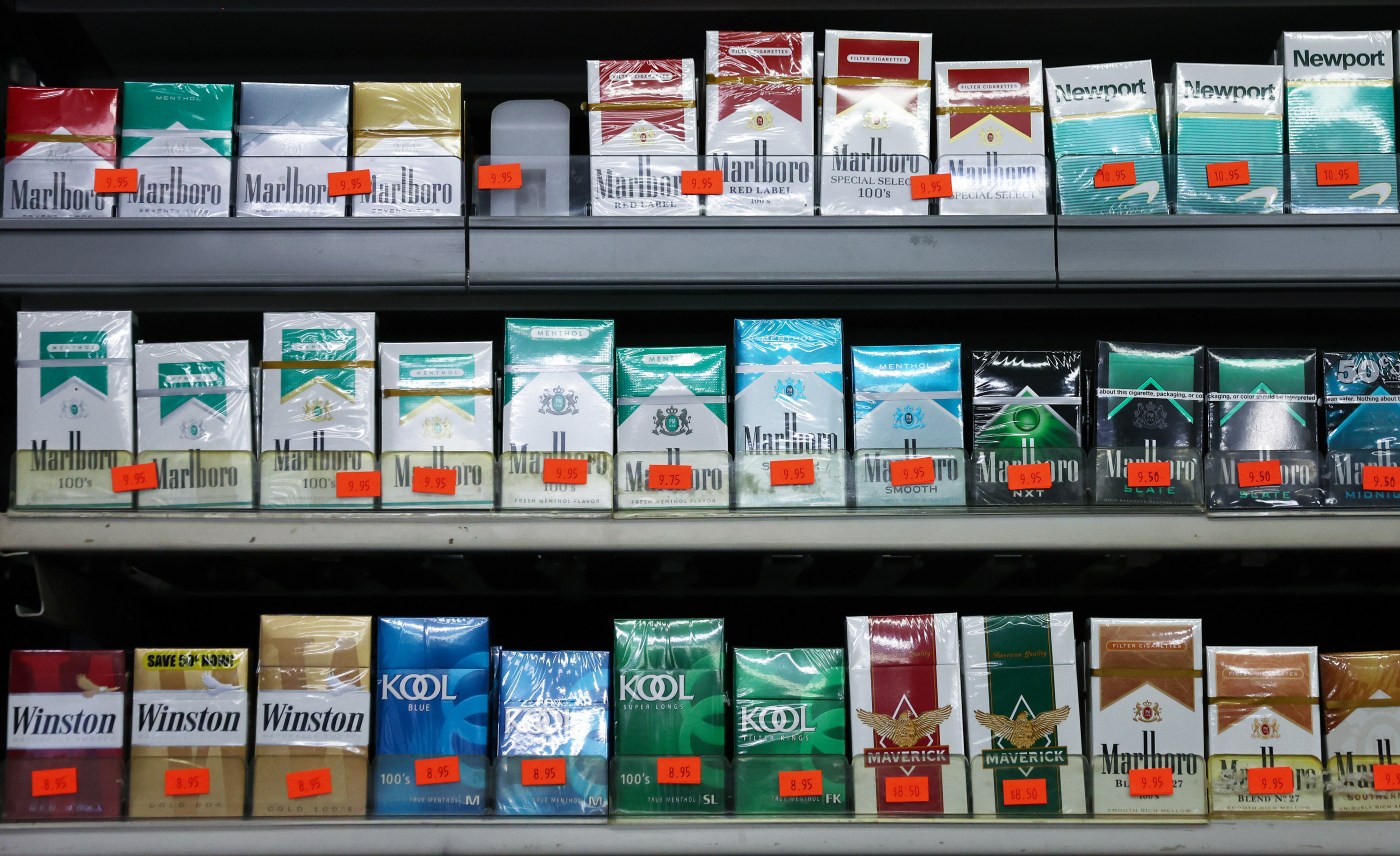Former California insurance commissioner David Jones described the L.A. area firestorms in January as a “canary in the coal mine” warning for climate change that will bring more catastrophic fires all-year and push the property and casualty insurance industry to the brink of a financial crisis.
“Climate change is the canary in the coal mine, and the canary is dying,” Jones said. “You can give the canary mouth-to-mouth resuscitation, but ultimately it’s going to be killed by climate change.”
Related Articles
California’s new fire maps won’t push up insurance rates, industry says
Over public concern, south and central fire districts in Santa Clara County merge
Death toll increases to 18 from Southern California wildfire after medical examiner discovers human remains
One injured in fire Wednesday at Martinez Refining Company
Map: Silver Fire evacuation near Bishop
Jones, who was Insurance Commissioner from 2011 to 2019, helped regulate California’s response to increasingly deadly and destructive catastrophic wildfires during his two-term tenure, when more than 1.4 million acres burned throughout the state.
The 63-year-old Jones, now the director of the Climate Risk Initiative at UC Berkeley’s Center for Law, Energy and the Environment, maintains that California is headed for a “very grim” future with more L.A.-like firestorms.
He blames climate change for firestorms like the ones that erupted in January in Los Angeles County. Such fires are happening more frequently and outside the traditional summer and fall fire seasons.
REALTED: As temperature records shattered, Santa Clara County saw huge increase in heat deaths last year
Climate change refers to long-term shifts in temperatures and weather patterns worldwide.
Jones cited as evidence the growing number of residential policies in force by the California FAIR Plan, the state’s property insurer of last resort. Mainstream property insurers are abandoning ZIP codes in fire-prone areas, leaving policyholders no other option but to turn to the FAIR Plan.
In 2015, there were 141,391 residential policyholders in the FAIR Plan, according to statistics provided by the California Department of Insurance. The number of policyholders grew to 189,790 at the end of 2019 — also the end of Jones’ second term as commissioner. Since then, the number of policyholders has grown to 220,091 in 2020, and risen more than 127% to 501,379 by the end of last year, according to statistics provided by the FAIR Plan. The private association declined to share data prior to 2020.
Rows of destroyed homes during the Palisades Fire in the Alphabet Streets neighborhood of Pacific Palisades, CA, on Thursday, January 9, 2025. (Photo by Jeff Gritchen, Orange County Register/SCNG)
We asked Jones about the state of homeowners insurance in California, and what needs to be done to fix it. His answers have been edited for clarity and length.
Q: Is California the only place experiencing a crisis in homeowners’ insurance?
A: California is not the only state where insurance availability and pricing is becoming a real challenge, and in fact, a crisis.
There are at least 18 states, including regulated states and unregulated states, where this is a problem. It’s happening in varying degrees of severity across the United States.
What is happening is that, due to climate change, we’re having more extreme and severe weather-related events that are killing more Americans, injuring more Americans, destroying more Americans’ homes and causing insurance companies to pay out larger and larger amounts.
And insurance is a business, and the way that it responds to increased losses is it increases price and it reduces the writing of insurance, and it’s doing both those things in at least 18 states across the country.
Q: How big of a problem are non-renewals and insurance pricing?
A: Two reports were released last year — the U.S. Senate Budget Committee in December 2024, and the U.S. Treasury Department’s Federal Insurance Office in January 2025 — concluded there is a problem across the entire country.
In the states where insurance prices are going up, and insurance is becoming less available due to non-renewals or new insurance isn’t being written, these are the very same places where more extreme and severe weather-related events are landing.
All I can tell you is what the data says. The reports are based on a national survey of the insurance companies over the last five years. It’s the best data sets available, and the numbers don’t lie.
Q: Are you seeing climate change cause higher insurance losses and homeowners getting shifted to the FAIR Plan?
David Jones, director of the Climate Risk Initiative at UC Berkeley’s Center for Law, Energy and the Environment, and former state insurance commissioner from 2011-2019.
A: In my second term, beginning in 2015, we started seeing a gradual but significant uptick in FAIR Plan policyholder counts. That’s a bellwether, right?
The number of FAIR Plan policyholders nearly tripled since I left office. Why? Because insurers are increasingly concluding that they can’t write insurance and make money, and so they’re non-renewing, and that’s even though they’re getting substantial rate increases.
Over the last several years, we have given the insurers rate increases. They have to justify the rate increases, but they tend to be, shall we say, unbashful in asking for substantial increases.
When you start seeing more Californians forced to the FAIR Plan for insurance, what that tells you is that they’ve been non-renewed, or been told by the private insurers that they aren’t going to write them insurance. We also started see huge wildfires.
It’s really gotten worse in the last five or six years.
Q: The picture you’re painting is that it’s getting worse, right?
A: It’s getting worse. We’re marching toward an uninsurable future in this country, because we’re not doing enough, fast enough, about climate change. There’s not some magic wand we can wave with regard to insurance to make problems go away.
Q: What can be done to slow down the rise in losses?
A: Something that is really frustrating for Californians, and rightfully so, is that there are proven, empirically-based, scientifically based mitigation measures that reduce the risk of loss.
In the wildfire context, there is home hardening and defensible space. This includes using more fire-resistant materials for your roof, having shatter-resistant glass, so that when the heat of the fire approaches your home, your windows don’t shatter, the embers don’t fly in, protecting the eaves of the home, so that embers don’t get into the attic … Not having any attached wooden structures, having a 5-foot zone around the home that’s clear of any vegetation, having 30 or 100 feet where vegetation is dramatically reduced, right? This is a partial list.
There’s a long list of these things that are accepted by fire officials, fire chiefs, fire professionals. No disagreement about this stuff, right?
We need to pass a state law that requires the insurers’ computer models to account for proven mitigation measures, since they’re not willing to do it voluntarily. My successor — Ricardo Lara — adopted a regulation giving people a discount for home hardening defensible space, and for being in a fire wise community. That’s great, you get a discount.
But the discount doesn’t matter if they won’t write or renew your insurance.
Two bills have been introduced in Sacramento to create incentives for home hardening against wildfires.
Q: Should homeowners get credit on their policies for home hardening?
A: We’re spending billions of dollars on this, and you get no credit for it in the decisions the insurance companies make when they write or renew your insurance. That’s really outrageous. And the insurance commissioner can’t change that himself or herself, because insurance commissioners don’t control underwriting.
So, the only way to fix this problem, that I’ve identified, is you’d have to pass a state law that requires the models they use to decide whether to write or renew insurance to account for proven mitigation.
Q: Early January is not fire season in L.A. Are we going to see more wildfires year-round?
A: I think the future is very grim. I think that we’ve had a catastrophic wildfire in January, and we could have any number of catastrophic wildfires later in the year. So, it’s a very grim future.





